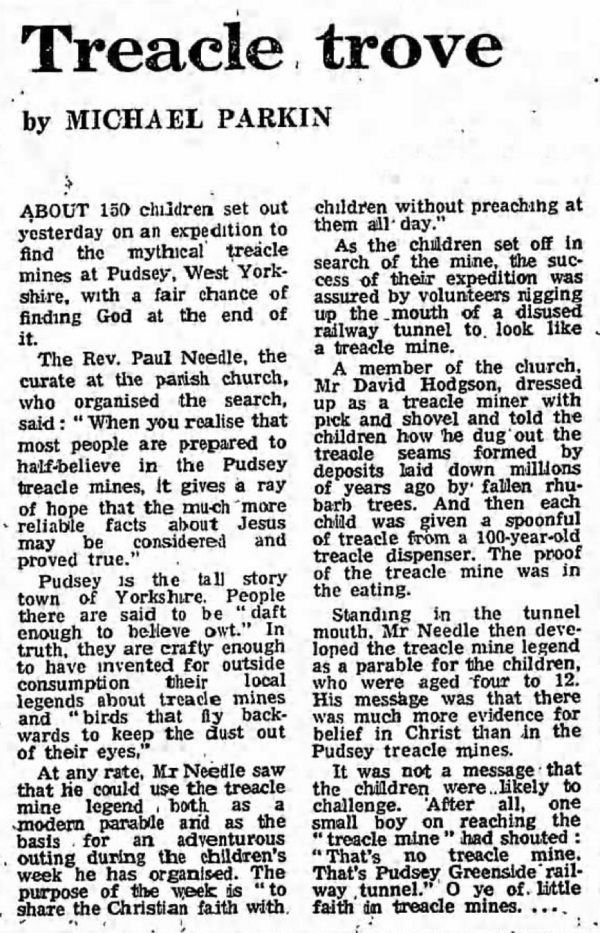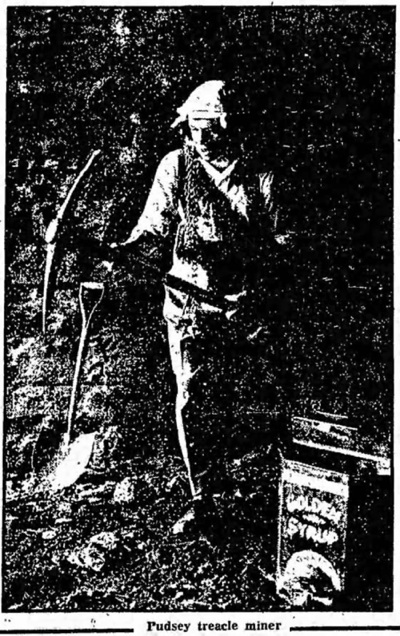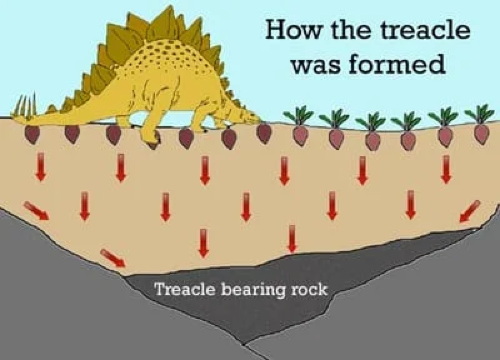Pudsey Treacle Mines
Aug 1975: The Rev. Paul Needle attempted to convince 150 British children to embrace the Christian faith with the argument that if the Pudsey treacle mines don't really exist, then Jesus must.


Of course, the flaw in his argument was that the treacle mines are quite real, as explained by Don Gillan:

The Rev. Paul Needle, the curate at the parish church, who organised the search, said: "When you realise that most people are prepared to half-believe in the Pudsey treacle mines, it gives a ray of hope that the much more reliable facts about Jesus may be considered and proved true.


The Guardian - Aug 21, 1975
Of course, the flaw in his argument was that the treacle mines are quite real, as explained by Don Gillan:
Natural treacle is formed over millenia in much the same way as petroleum. The whole area where Pudsey now stands was once a 'savannah' of sugar beet. Grazing dinosaurs cropped off the exposed greenery of the plants leaving the sugar rich beets lying untouched below the ground. Centuries upon centuries of this occurence led to the ground becoming saturated with monosaccharides as the decaying beets released their simple natural sugars. These filtered down through the ground until they encountered a barrier of impervious rock, where they pooled, and over the centuries under heat from the Earth's core below and pressure from the weight of the ground bearing down from on top were transformed into pure raw treacle, which was then absorbed into layers of porous rock.

Comments
Someone is having someone on. Treacle mines are an old joke. https://en.wikipedia.org/wiki/Treacle_mining
Posted by eddi on 12/23/23 at 04:01 AM
There's a variant of this -- in the late 1960s, I heard of hash-oil wells. Before glaciers covered Siberia and North America, the mountains were covered in dense forests of marijuana trees. Intense blizzards blew them down and encased them in ice. Over millennia, the resin was cold-pressed out and traveled downhill to form pools. There were reports of people pumping out hundreds of gallons when they discovered one.
What got me was it's almost, very nearly, sorta believable in a way. Vegetation was extraordinarily lush back then, current theories said it was likely that glaciation progressed rapidly (miles each year rather than inches a decade), and vegetable matter doesn't degrade/rot under certain conditions (amber, peat bogs, etc.).
What got me was it's almost, very nearly, sorta believable in a way. Vegetation was extraordinarily lush back then, current theories said it was likely that glaciation progressed rapidly (miles each year rather than inches a decade), and vegetable matter doesn't degrade/rot under certain conditions (amber, peat bogs, etc.).
Posted by Phideaux on 12/23/23 at 12:55 PM
I guess I'll be the one to remark on the disastrous backfire of the curate's analogy.
Posted by Dr. Fian on 12/24/23 at 09:49 AM
Commenting is not available in this channel entry.

Category: Religion | Candy | 1970s